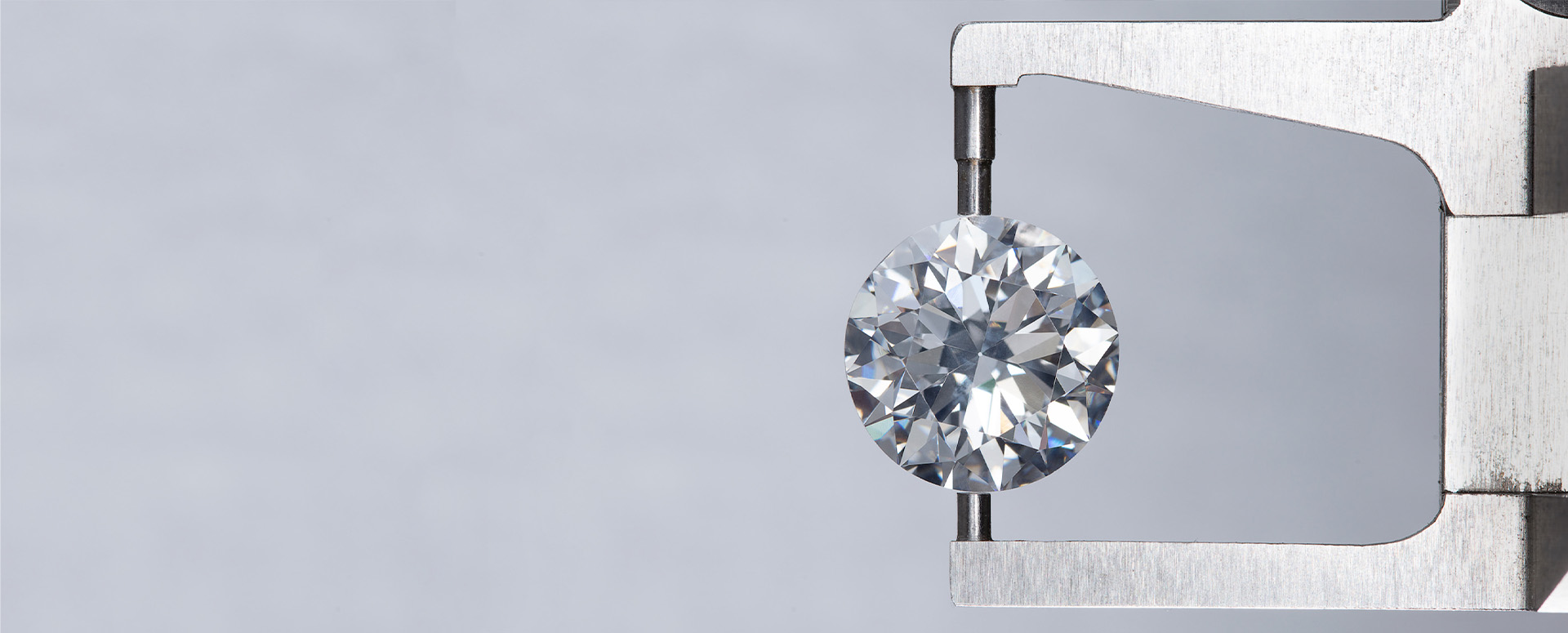Lab grown diamonds are the epitome of ethical beauty, crafted to offer consumers a luxurious yet responsible jewelry option. These diamonds are crafted by skilled scientists and artisans who mimic the Earth's processes, creating the same carbon structure found in natural diamonds. This makes lab grown diamonds indistinguishable from natural ones in terms of their physical, chemical, and optical properties.
Understanding how lab grown diamonds are made and graded can help you think like an expert when it comes to purchasing man-made diamonds.
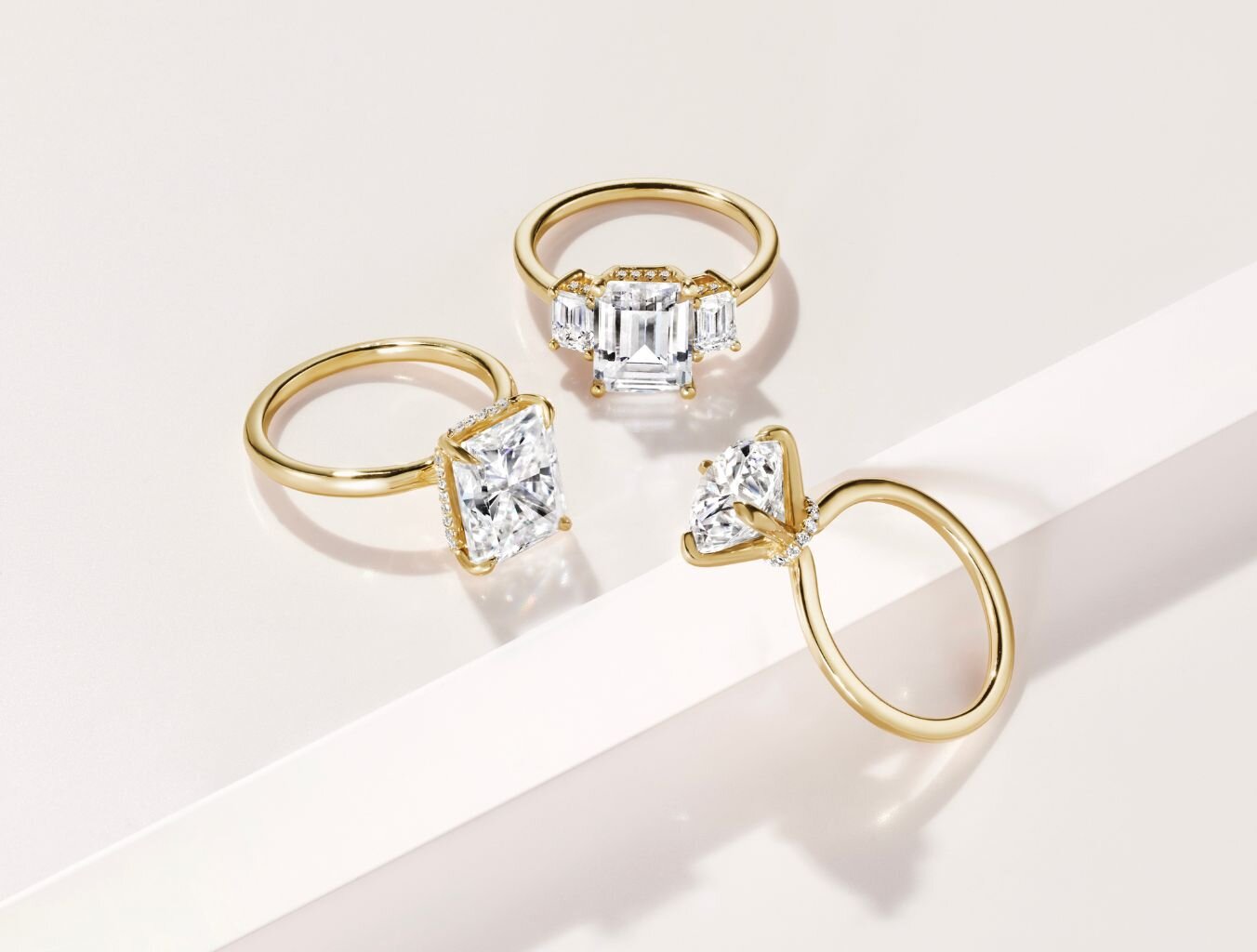
What Are Lab Grown Diamonds?
Lab grown diamonds are identical to their mined counterparts. But unlike natural diamonds, which are formed in the Earth's crust, created diamonds are made in a controlled environment using processes that simulate those found in nature. This means that labs can produce exquisite rough diamonds in as little as a few weeks, compared to the billions of years it takes to create a natural gem.
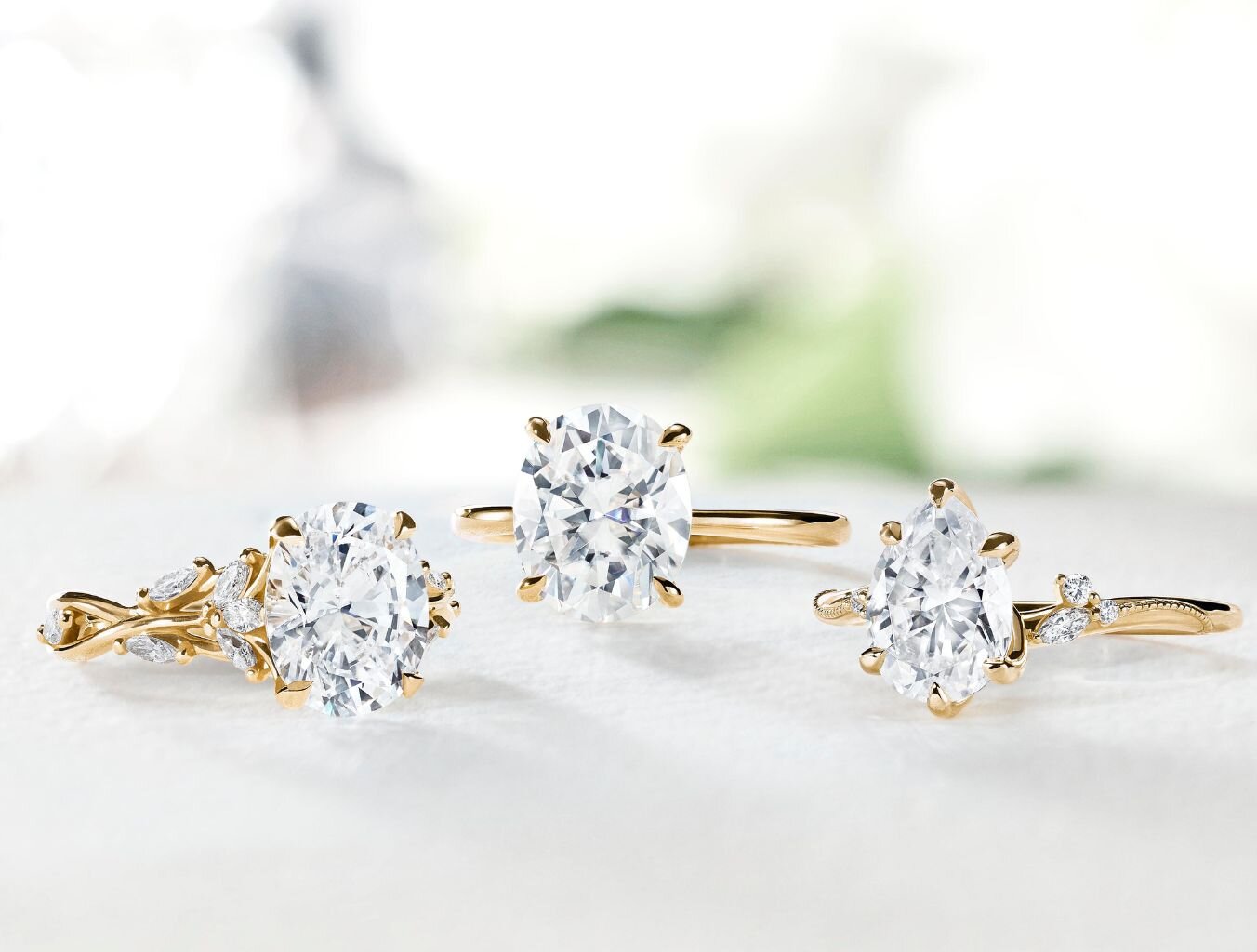
Why are Lab Created Diamonds Considered Ethical?
There are many reasons why choosing lab grown diamonds is a better alternative to mined diamonds. Because they don’t come from conflict regions they have a lower social impact, and by introducing lab grown diamonds into the supply chain, consumers can help eliminate the blood diamond industry.
In addition to all their unparalleled beauty, they are from mining.
When you buy lab grown diamonds from Mirari Touch, you are investing in ethical luxury. We have a wide selection of loose conflict-free diamonds for you to browse, as well as ethical diamond jewelry like lab grown diamond rings, earrings and necklaces. With Mirari Touch, you're just one click away from finding beautiful and socially acceptable gems for you and your loved ones.
A diamond formed in a laboratory is grown using state-of-the-art technology which imitates the growing process of a natural diamond under the earth, but it occurs over a matter of weeks. Consequently, the diamond created is chemically, optically, and physically the same as the diamonds that are grown beneath the surface of the earth.
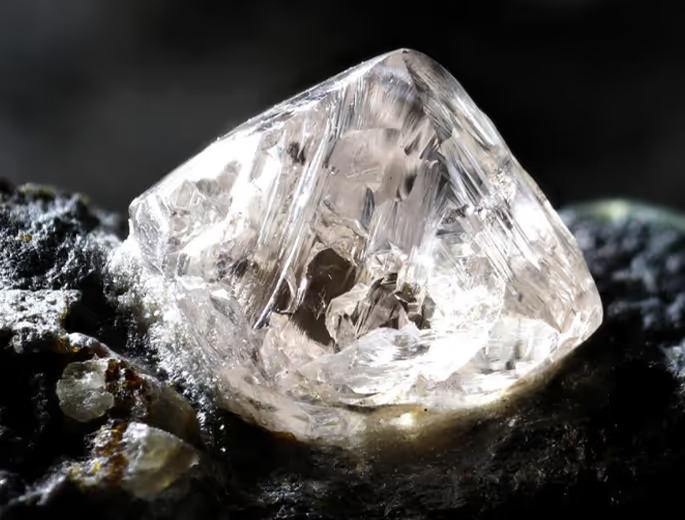
Difference
The only thing which makes a Lab Grown Diamond different from a Natural Diamond is how it originated.
A diamond formed in a laboratory is grown using cutting-edge technology, which imitates the growing process of a natural diamond.
Consequently, the diamond created is one that is man-made. It is chemically, optically, and physically identical to a mined diamond.
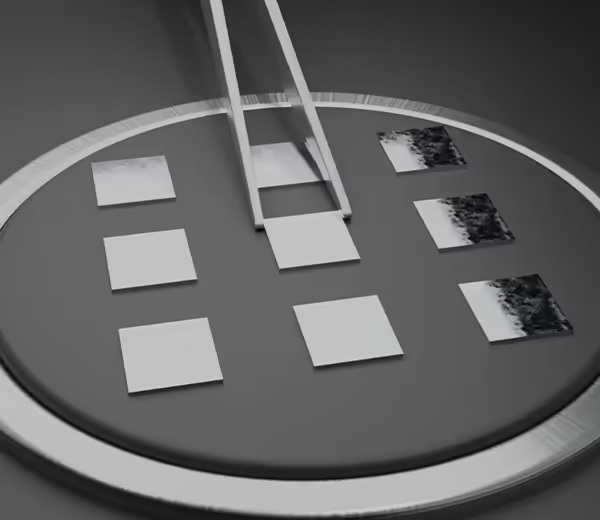
Process
There are two different ways to create diamonds in the lab: Chemical Vapor Deposition (CVD) and High Pressure-High Temperature (HPHT).
When it comes to Chemical Vapor Deposition (CVD), a tiny “seed” diamond is heated to a high temperature inside a tightly closed chamber. The chamber is then filled with a carbon-rich gas mixture, including methane, and then they are ionized into plasma by technology. The ionization breaks molecular bonds into gases, and the diamond seeds slowly crystallize.
In the High Pressure-High Temperature (HPHT) process, the diamond crystal seed is exposed to extreme temperatures and pressure. As the carbon melts, a diamond forms around the seed. Once it has cooled, a diamond is created as beautiful as the one made in nature.
To learn more details, see our section on How Lab Creat
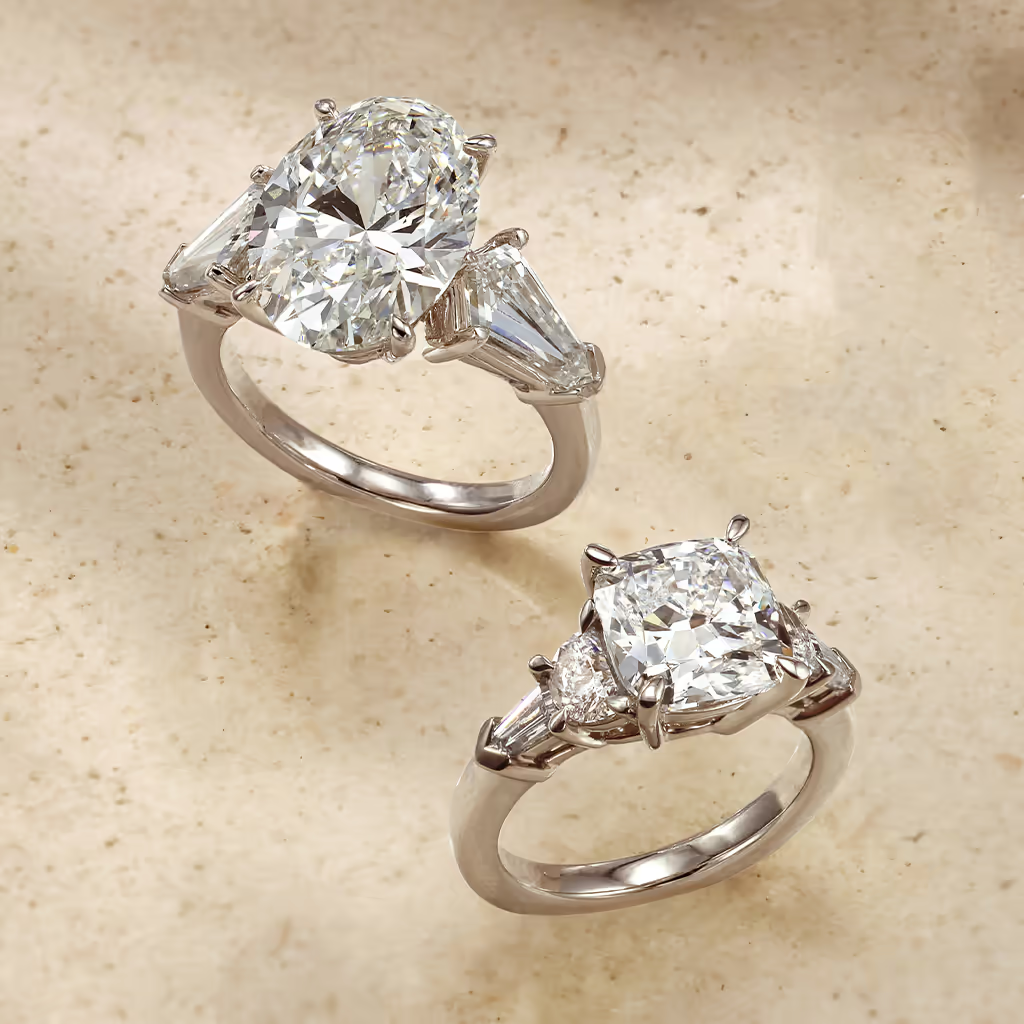
Difference
Why are lab created diamonds considered ethical?
After all, there are many reasons why laboratory-grown diamonds are even a better alternative and are considered ethical luxury. In addition to all their unparalleled beauty, they do not have the negative impacts from mining the surface of the earth, and they are conflict free – it's impossible not to appreciate them.
We have a wide selection of loose diamonds for you to browse. You're just one click away from finding beautiful and earth-friendly gems for your loved ones.
How are Lab Grown Diamonds Manufactured?
Diamonds are made from carbon and require intense heat and pressure to transform into crystalline form. In nature, this is achieved hundreds of miles below the Earth’s surface, but for man-made gems, there are two different ways to create diamonds in the lab:
-
Chemical Vapor Deposition (CVD)
When it comes to Chemical Vapor Deposition (CVD), a tiny "seed" diamond used in chemical vapor deposition is heated to a high temperature inside a tightly closed chamber.
A CVD diamond begins as a thin diamond seed slice that’s originally an HPHT created diamond. This diamond seed is positioned inside a closed chamber and heated up to 800°F. This chamber is filled up with carbon-rich gases such as methane. These gases are then ionized into plasma by means of technology. The ionization breaks molecular bonds into gases, and the diamond seeds slowly crystallize.
In the end, you get a real diamond, with a process that takes weeks to months instead of millions of years.
-
High Pressure-High Temperature (HPHT)
High Pressure High Temperature (HPHT) diamonds are created using one of three manufacturing processes: the cubic press, the belt press, or the split-sphere (BARS) press. Each method simulates the natural conditions that form diamonds underground.
During these processes, a small diamond seed is placed in carbon, the element diamonds are made of. This environment is then subjected to extreme temperatures of about 2,550 - 2,900°F and pressures of approximately 5.5 million pounds per square inch. The carbon melts and starts to form a diamond around the seed. Gradually, it crystallizes to form a pure carbon diamond.
-
Ethical
Because lab grown diamonds are man-made in a lab, they are conflict-free and socially responsible.
-
Beauty & Quality
Lab grown diamonds have the same physical, chemical, and optical properties as mined diamonds.
-
Value
Lab grown diamonds offer excellent value and are more affordable than natural diamonds of comparable size and quality.
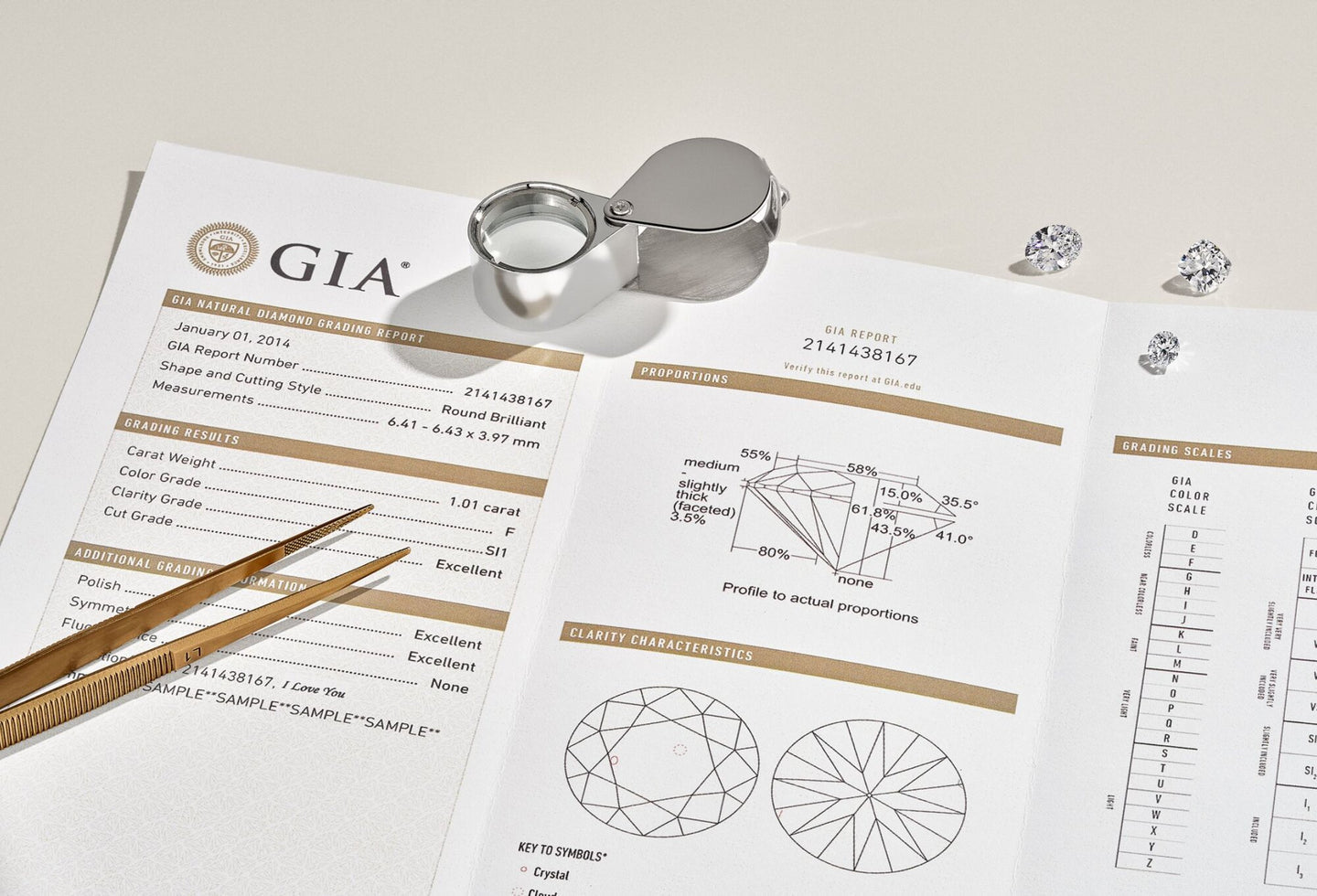
Grading Certificate
Some people mistake lab grown diamonds for other white gemstones like moissanite or cubic zirconia, but, in reality, lab grown diamonds are real diamonds in every sense. Natural and lab grown diamonds have identical physical, chemical, optical, and atomic properties.
This means they are also graded by certified gemological institutes using the 4Cs used for grading naturally mined diamonds. It means that each diamond’s parameters, including its color grade, carat weight, clarity grade, and cut grade, are verified by a diamond certificate.
The Gemological Institute of America (GIA), and principally the International Gemological Institute (IGI) are the most well-known grading laboratories that provide an independent grading certificate.
Frequently Asked Questions
Q: How do companies create lab grown diamonds?
Two methods can produce jewelry-quality diamonds: HPHT and CVD.
HPHT is an abbreviation for High Pressure/High Temperature. This method replicates the natural formation of diamonds by subjecting carbon to high temperatures and pressing it together.
CVD is an abbreviation for Chemical Vapor Deposition. A seed crystal chamber is filled with a mixture of hydrogen and methane gas. Microwave power often heats the chamber to a high temperature, which excites the gas. The diamond grows on the seed crystal.
Q: What is a lab grown diamond certificate?
Certified gemological institutes grade lab grown diamonds using the same 4 Cs that are used to grade naturally mined diamonds. It means that the properties of each diamond, such as its color grade, carat weight, clarity grade, and cut grade, are validated by a diamond certificate like the mineral one.
The most well-known grading laboratories that give this type of certificate are the Gemological Institute of America (GIA), and the International Gemological Institute (IGI). You can make an informed decision and compare similarly graded diamonds by having a certificate like these.
Q: What is the main difference between lab grown diamonds and natural diamonds?
The main difference is how each one is made. The mined diamond is formed by a natural process dependent on extremely long, natural factors. On the other hand, the laboratory diamond is a more efficient approach to producing diamonds with the same appearance and physical, chemical, optical, and atomic properties.
Furthermore, there are many difficulties in extracting mineral diamonds, while those made in laboratories are much conflict-free and ethically sourced.
Q: How long do lab-grown diamonds last?
A characteristic about diamonds that everyone knows is their incredible durability. Indeed, the famous phrase “diamonds are eternal” is totally accurate.
So, the answer is that good quality lab diamonds will last forever, and there's nothing that will dull their shine or that can interfere with their brilliance. Because of this, it's nearly impossible to tell the difference between a natural diamond and a lab-grown one.
Q: What is the future of lab-grown diamonds?
The fact that they are more affordable than minerals and more ethical, because they do not require an extraction process and do not degrade nature, demonstrates that the industry and the presence of these beautiful and modern diamonds will only grow exponentially in the future.


